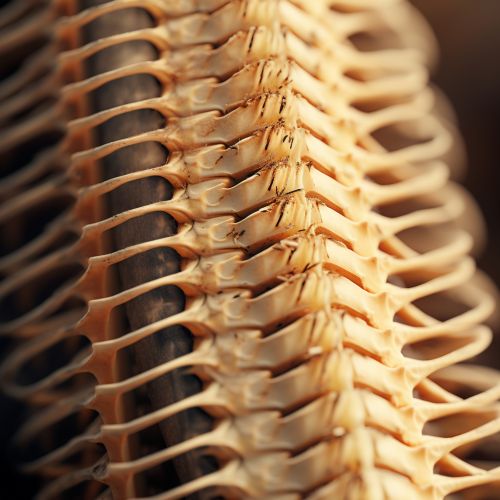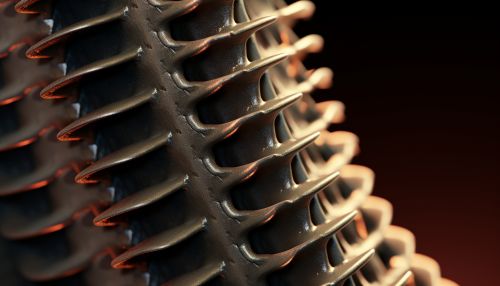Spina Bifida
Introduction
Spina Bifida is a birth defect that occurs when the spine and spinal cord do not form properly. This condition is a type of neural tube defect that can affect both the physical and intellectual development of the individual. The severity of Spina Bifida can vary greatly, with some individuals experiencing minor physical problems, while others may have significant physical and intellectual disabilities.


Types of Spina Bifida
There are three main types of Spina Bifida: Spina Bifida Occulta, Meningocele, and Myelomeningocele.
Spina Bifida Occulta
Spina Bifida Occulta is the mildest form of Spina Bifida. It is often called "hidden" Spina Bifida because about 15 percent of healthy people have it and do not know it. Spina Bifida Occulta usually does not cause harm, and has no visible signs. The spinal cord and nerves are usually normal.
Meningocele
In Meningocele, the meninges, or protective coverings around the spinal cord, have pushed out through the opening in the vertebrae in a sac called the "meningocele." The meningocele may also be covered by a layer of skin. In some cases, there are no symptoms; in others, there may be incomplete paralysis with urinary and bowel dysfunction.
Myelomeningocele
Myelomeningocele, also known as open Spina Bifida, is the most severe form. The spinal cord and meninges protrude through an open area in the spine. This form of Spina Bifida can result in severe physical and intellectual disabilities.
Causes and Risk Factors
The exact cause of Spina Bifida remains unknown. However, it is believed to be a combination of genetic, nutritional, and environmental factors. Some risk factors include a family history of neural tube defects and folate deficiency.
Diagnosis
Spina Bifida can be diagnosed during pregnancy or after the baby is born. During pregnancy, there are screening tests (prenatal tests) to check for Spina Bifida and other birth defects. After birth, Spina Bifida can be diagnosed with a physical examination.
Treatment
There is no cure for Spina Bifida. The treatment for Spina Bifida depends on the severity of the condition. Some people with Spina Bifida require surgeries and other treatments to manage the condition.
Living with Spina Bifida
Living with Spina Bifida can be challenging, but with the right care and support, many people with Spina Bifida lead full and productive lives.
